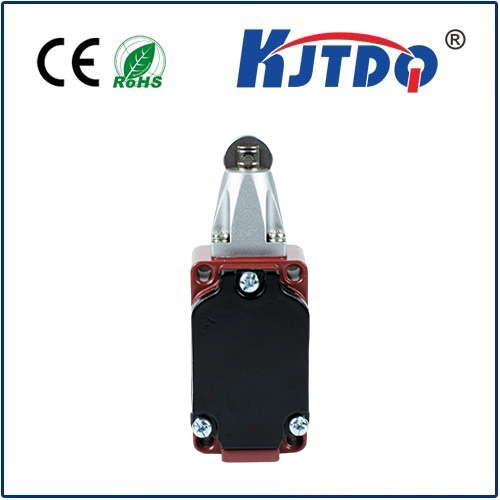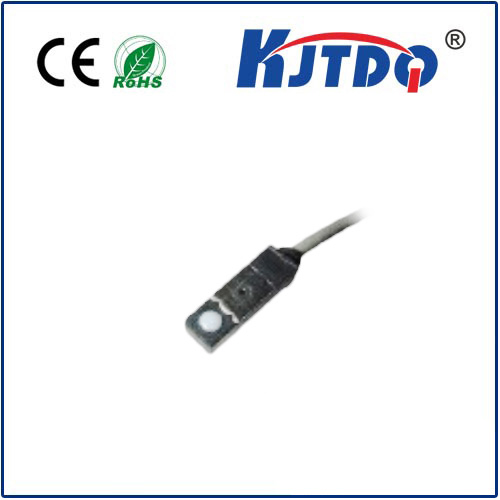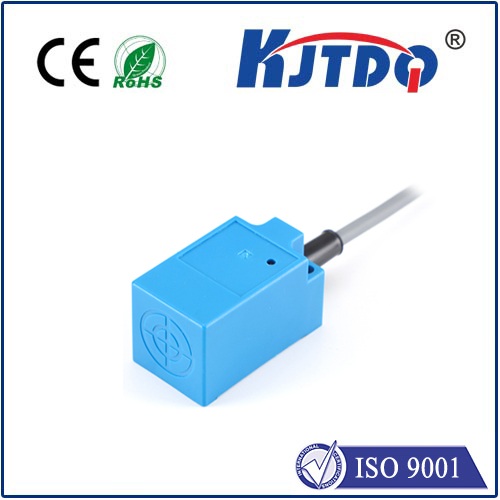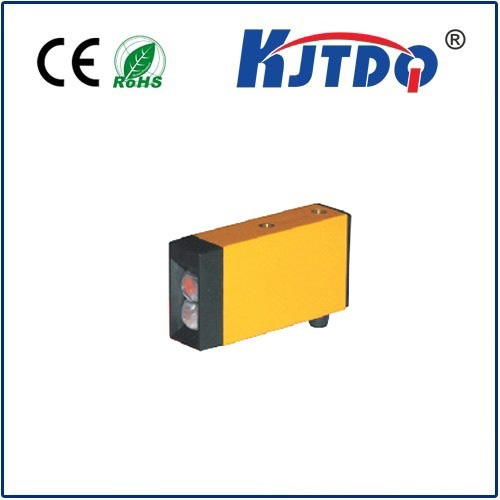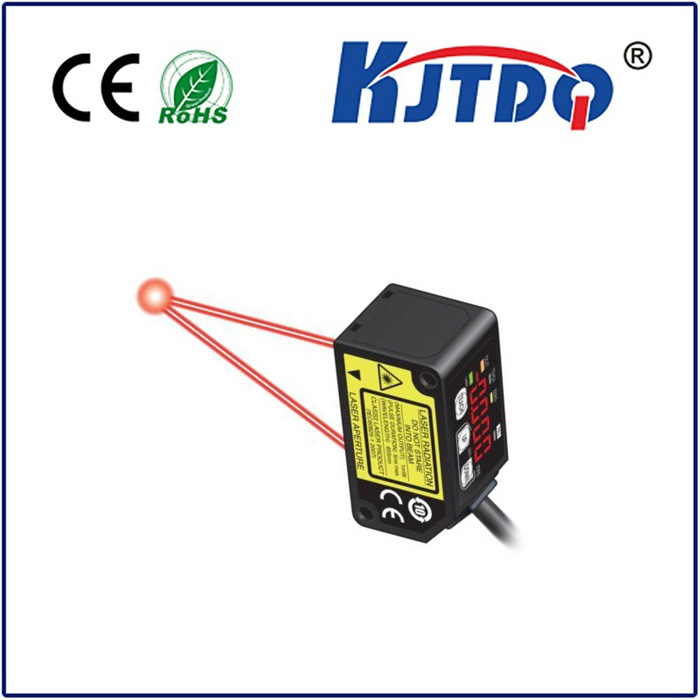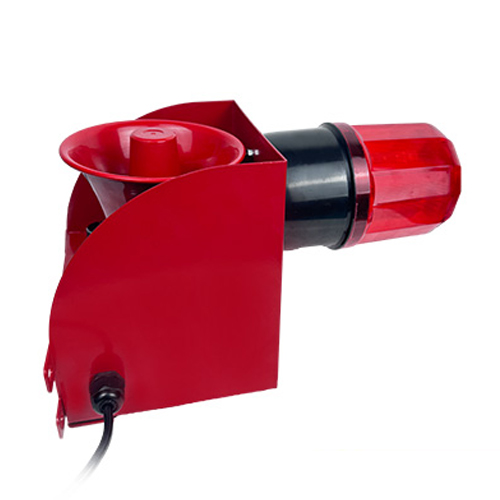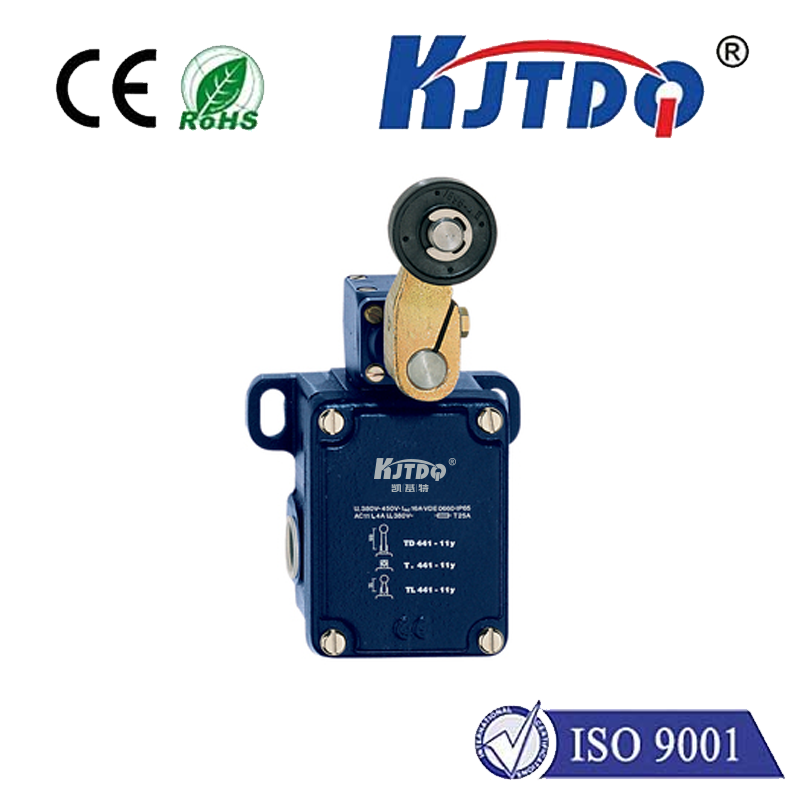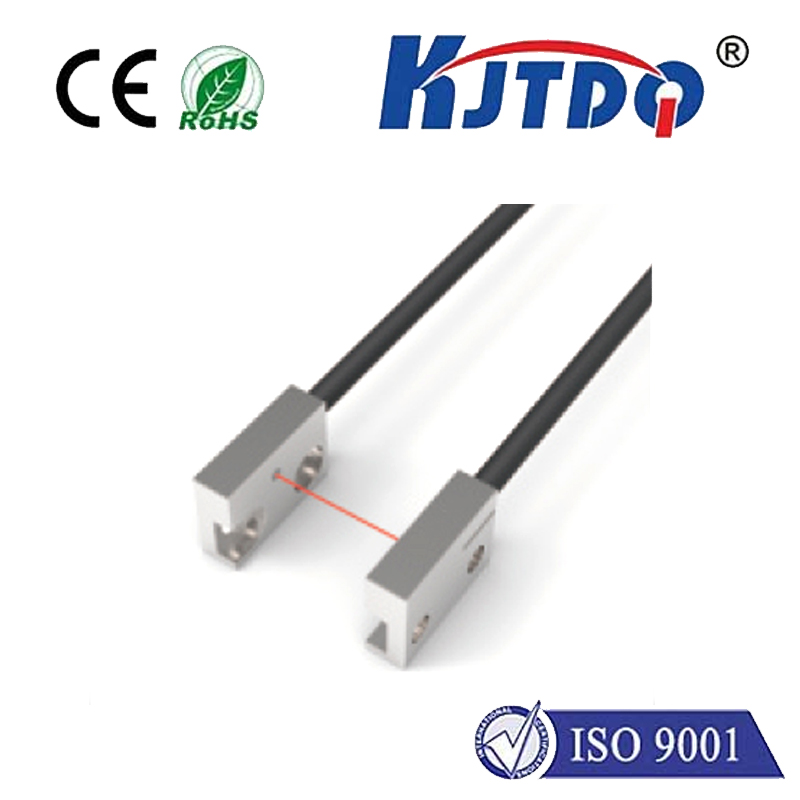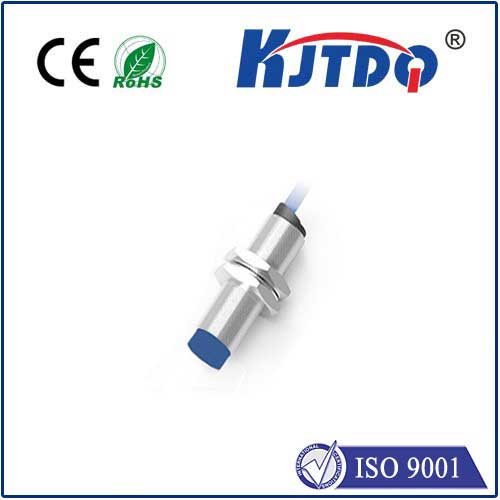BES025N proximity sensor
- time:2025-10-14 01:25:44
- Нажмите:0
Elevate Your Automation Game: The Essential Guide to BES025N Proximity Sensors
Frustrated by downtime caused by unreliable object detection? Struggling to find robust sensors that thrive in demanding industrial environments? Understanding the capabilities of key components like the BES025N proximity sensor is fundamental to building resilient and efficient automated systems. This ubiquitous sensor plays a vital, often unseen, role in countless applications, from complex manufacturing lines to essential safety mechanisms.
Decoding the BES025N: An Inductive Detection Workhorse
At its core, the BES025N is an индукционный датчик приближения. This designation reveals its operating principle: it generates an electromagnetic field and detects disturbances caused by the presence of metallic objects within its defined sensing range. Crucially, it achieves this without physical contact, making it ideal for applications where wear-and-tear or contamination are concerns. The “BES” prefix likely identifies the manufacturer series, while “025” typically indicates a specific sensing distance – in this case, commonly 2,5 мм. The “N” often signifies the physical housing design or output configuration (like Normally Open).
Why Inductive Sensors Like the BES025N Dominate Industrial Settings

The popularity of inductive sensors, including variants like the BES025N, stems from their unique blend of reliability and simplicity:
- Robustness: Built to withstand harsh industrial environments, these sensors typically feature rugged МП67 or IP68 rated enclosures. This means excellent resistance to dust ingress and protection against temporary water immersion – essential for washdown areas or outdoor applications.
- Non-Contact Operation: The absence of physical contact eliminates mechanical friction. This translates directly to long operational lifespans and minimal maintenance requirements, a significant advantage in high-cycle applications.
- High Switching Frequency: Capable of detecting objects passing by at very high speeds (often thousands of cycles per minute), the BES025N excels in tasks like counting rapidly moving parts on a conveyor or verifying the position of a high-speed rotating component.
- Immunity to Surface Factors: Unlike optical sensors, the BES025N isn’t fooled by target color, transparency, or surface finish (like dirt or oil), as long as the object is metallic. This makes it highly reliable in grimy factory conditions.
- Simplicity and Cost-Effectiveness: Easy to install, configure, and integrate into control systems (PLCs, CNCs), inductive sensors offer a powerful detection solution at a competitive price point.
Key Specifications Driving Performance
While exact specifications can vary slightly between manufacturers adhering to the “BES025N” designation type, core parameters are generally understood:
- Sensing Principle: Inductive
- Sensing Distance (Sn): Typically 2.5 mm (0.1 in) - the “025” in the name is key here.
- Target Material: Ferrous metals (steel, iron) offer the best performance; non-ferrous metals (aluminum, brass, copper) usually have a reduced sensing range.
- Housing: Commonly a cylindrical barrel (e.g., M8 or M12 threaded), but rectangular variants exist (e.g., BES M** series). The “N” often relates to a specific barrel style.
- Output Type: Usually PNP (sourcing), but NPN (sinking) versions are common. Select based on your PLC/controller input requirements. 3-wire configurations (positive, negative, signal) are standard.
- Operating Voltage: Broad range, often 10-30V DC, compatible with common industrial control voltages.
- Protection Rating: МП67 is typical, ensuring resilience against dust and water jets.
- Switching Frequency: High frequency, often ranging from 500 Hz to 5 kHz, enabling detection of very fast-moving targets.
Where the BES025N Proximity Sensor Shines: Real-World Applications
The combination of ruggedness, non-contact detection, and simplicity makes the BES025N incredibly versatile. You’ll find it in countless critical roles:
- Position Verification: Confirming if a cylinder is extended or retracted, or a machine guard is securely closed.
- End-of-Travel Detection: Signaling when a moving part (like a slide or lift) has reached its programmed limit.
- Object Presence/Absence: Detecting parts on an assembly line, pallets entering a workstation, or tools in a holder.
- Counting: Accurately tallying metallic components passing a point on a conveyor belt.
- Speed Monitoring: Measuring the rotation or oscillation speed of a shaft or gear (often used as part of a safety circuit).
- Level Detection: Monitoring liquid or granular material levels in metal tanks (using float magnets).
Installation and Implementation Best Practices
To maximize the performance and longevity of your BES025N proximity sensors, consider these guidelines:
- Mounting: Ensure secure mounting using the appropriate locknuts. Avoid sensor vibration. Mount cylindrical sensors correctly to their rated sensing distance.
- Air Gap: Maintain the recommended sensing distance (Sn) from the target. Positioning too close can cause premature wear; too far reduces reliability. Remember the effective range for non-ferrous targets is less than the nominal Sn (2.5mm).
- Target Material & Size: Ensure the target material is conductive (metal) and large enough to reliably trigger the sensor. Ideal targets are mild steel equal to or larger than the sensor’s face diameter. Smaller or non-ferrous targets require testing for reliable detection.
- Flush vs. Non-Flush Mounting: Understand the difference! Flush-mountable BES025N sensors (often designated by a shielded face) can be installed flush within metal panels. Non-flush (unshielded) sensors offer slightly longer ranges but require a clear area around the sensing face free of surrounding metal.
- Wiring: Follow manufacturer wiring diagrams meticulously. Ensure correct polarity for the power supply wires and connect the output signal wire to the PLC/controller input. Use shielded cables in electrically noisy environments. Proper grounding is crucial.
- Environment: While tough, avoid extreme temperatures beyond the sensor’s rating, heavy chemical exposure unless specifically rated, and strong electromagnetic fields directly at the sensor head.
Why the BES025N Remains a Go-To Choice
In a world of constantly evolving technology, the enduring relevance of the BES025N proximity sensor underscores its fundamental strengths. It delivers rugged reliability, consistent non-contact detection of metallic objects, and ease of integration at a compelling value point. Its standardized form factor (like M8 or M12) ensures compatibility with existing infrastructure and mounting solutions. When you need a sensor that simply works, day in and day out, in the demanding core of an automated process, the BES025N or its equivalent series continues to be an indispensable workhorse, forming the reliable backbone of countless detection tasks worldwide. Integrating it correctly ensures smoother operations, reduced downtime, and enhanced overall system reliability.

